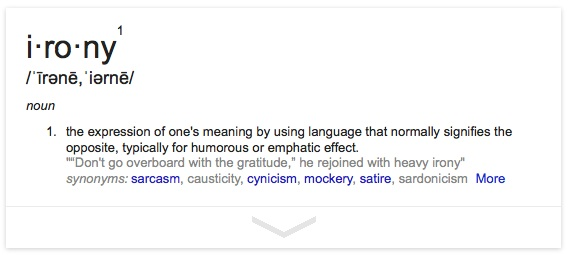One of the main things I have learned working through the digital and now social media revolutions is that the truth, transparency and power of social media requires a fundamental shift in thinking for the marketing, advertising and PR profession.
If we truly want to control brand communication today, we must be willing to give up control. Not an easy thing for human nature and professional disciplines that are taught and practiced in the very opposite manner. Pick up any Principles of Marketing, Advertising or Public Relations text and you will find the same – methods, strategies, and processes all designed to control the message.
Even with the advancement of the new discipline of Integrated Marketing Communication (IMC) all brand communication is attempted to be controlled an put into one unifying message across consumer touchpoints to combat advertising clutter and loss of mass media audience.
Maybe that is why so many marketers continue to shift resources to social media, yet admit they don’t know how to integrate social into their traditional efforts. But the consumer revolution is happening and consumers now have the influence of mass audience. When word of mouth gets super charged with social media, perhaps traditional is no longer an appropriate base from which to start.
As Seth Godin says, “Your consumers are talking about you whether you like it or not.”
Perhaps we are all looking at this from the wrong perspective. We shouldn’t be figuring out how to compartmentalize social media as a nice little addition to our current marketing efforts. Social is much bigger than that. Instead we should begin with social media and figure out ways we can integrate the consumer’s voice across the discipline silos of advertising, PR, and Digital and across the business unit silos of marketing, operations, R&D, customer service, etc.
Whether we like it or not we now live in a Post-Control Marketing world, a post Four P’s (Product, Price, Place, Promotion) where our brands are no longer our own. Today we need to build brands around the consumer and the Four C’s of Consumer, Costs, Convenience, and Communication. This may seem like a small difference but as Carol Dweck has taught us, Mindset can make all the difference in the world.
A funny thing happens when you give up control, your product and service becomes better. Your customers help you create the products they want, the communications they’re interested in, freely share your brand messages and help you improve your service. Everyone gets more of what they want. The consumer is no longer a target to be conquered, but a business partner for mutual benefit. And in the end you meet and exceed the marketing and business objectives you wanted in the first place.
Are you ready for Post-Control Marketing? Do you know how to integrate social media for the consumer revolution?



















